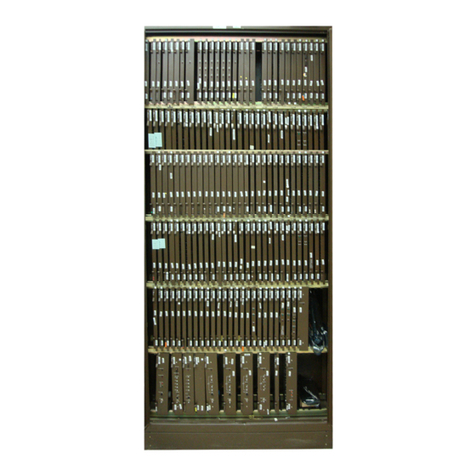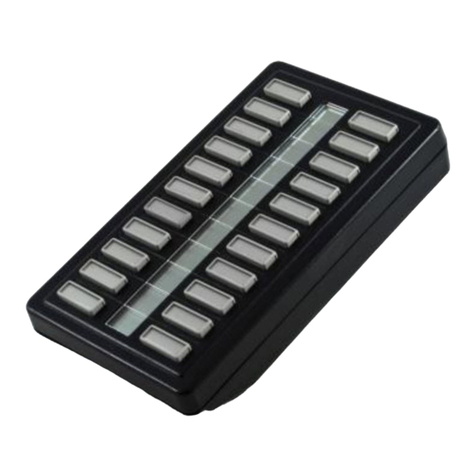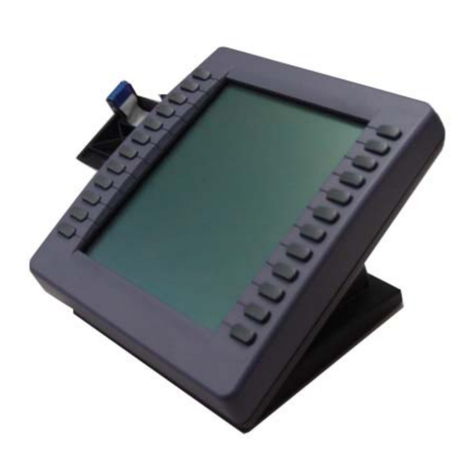
iv Contents
297–8351–550 Standard 04.01 August 1999
RMM maintenance 1-64
Drawer testing 1-64
BIC relay test (BRT) 1-67
Subscriber lines automatic maintenance 1-75
LCM REXTEST 1-75
System REX controller: XPM maintenance 1-77
Increase to manual maintenance 1-84
Alarm conditions 1-84
Subscriber lines manual maintenance 1-86
Drawer maintenance 1-86
PRLCM overview 2-1
PRLCM configuration 2-1
International line concentrating module 2-3
Host interface equipment shelf 2-3
Remote maintenance module 2-9
Frame supervisory panel 2-9
Emergency stand alone description 2-11
ESA hardware model 2-12
ESA operation 2-13
ESA hardware 2-14
Intracalling during ESA mode 2-16
ESA call processing 2-16
Channel configuration 2-16
Exiting PRLCM ESA mode 2-17
ESA maintenance overview 3-1
Functional description 3-1
ESA hardware representation 3-1
ESA operation 3-3
ESA hardware 3-4
In-service firmware downloading 3-9
Software operation 3-12
Intracalling during ESA mode 3-12
ESA call processing 3-12
ESA translation data 3-18
Supported subscriber line types 3-18
Supported subscriber services 3-19
Channel configuration 3-20
Exiting RLCM ESA mode 3-21
Tones during ESA mode 3-23
Ringing during ESA mode 3-25
Treatments during ESA mode 3-25
ESA limits 3-25
Fault conditions 3-27
Unusable communication links 3-27
Looparound message audit failure 3-27
Automatic ESA maintenance 3-28
ESA line audits 3-28
Digitone receiver audit 3-28
Automatic static data downloading and system maintenance 3-29



































